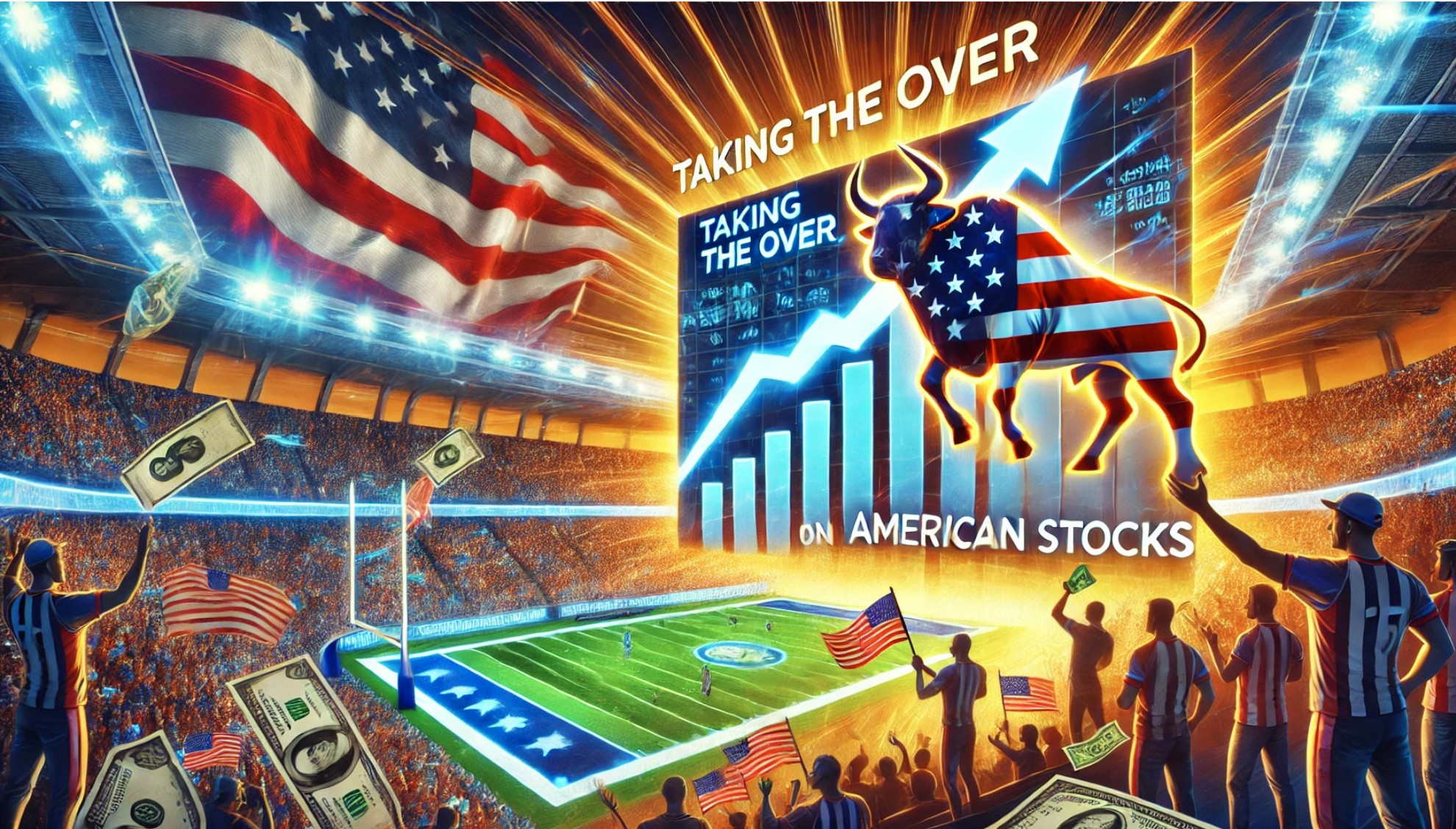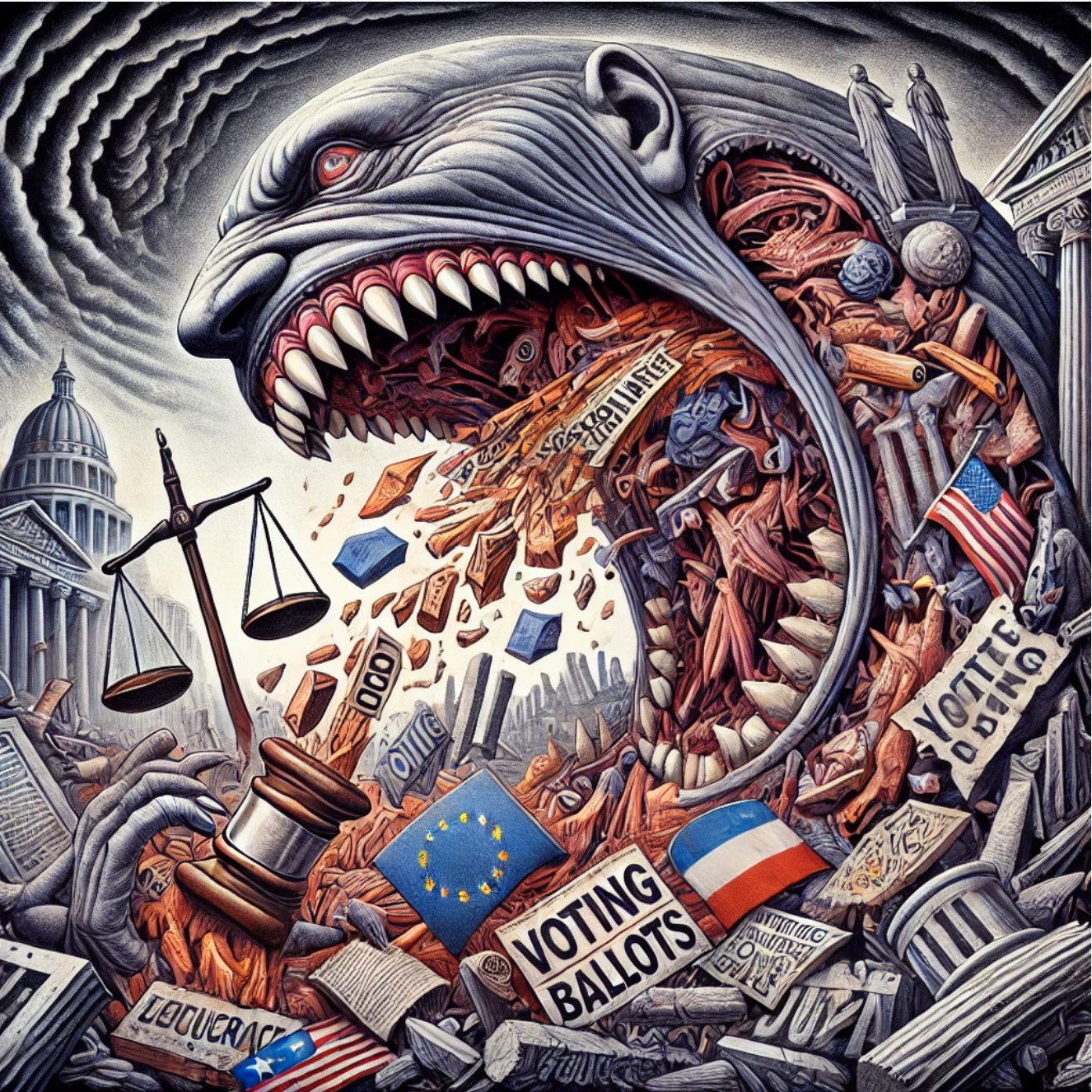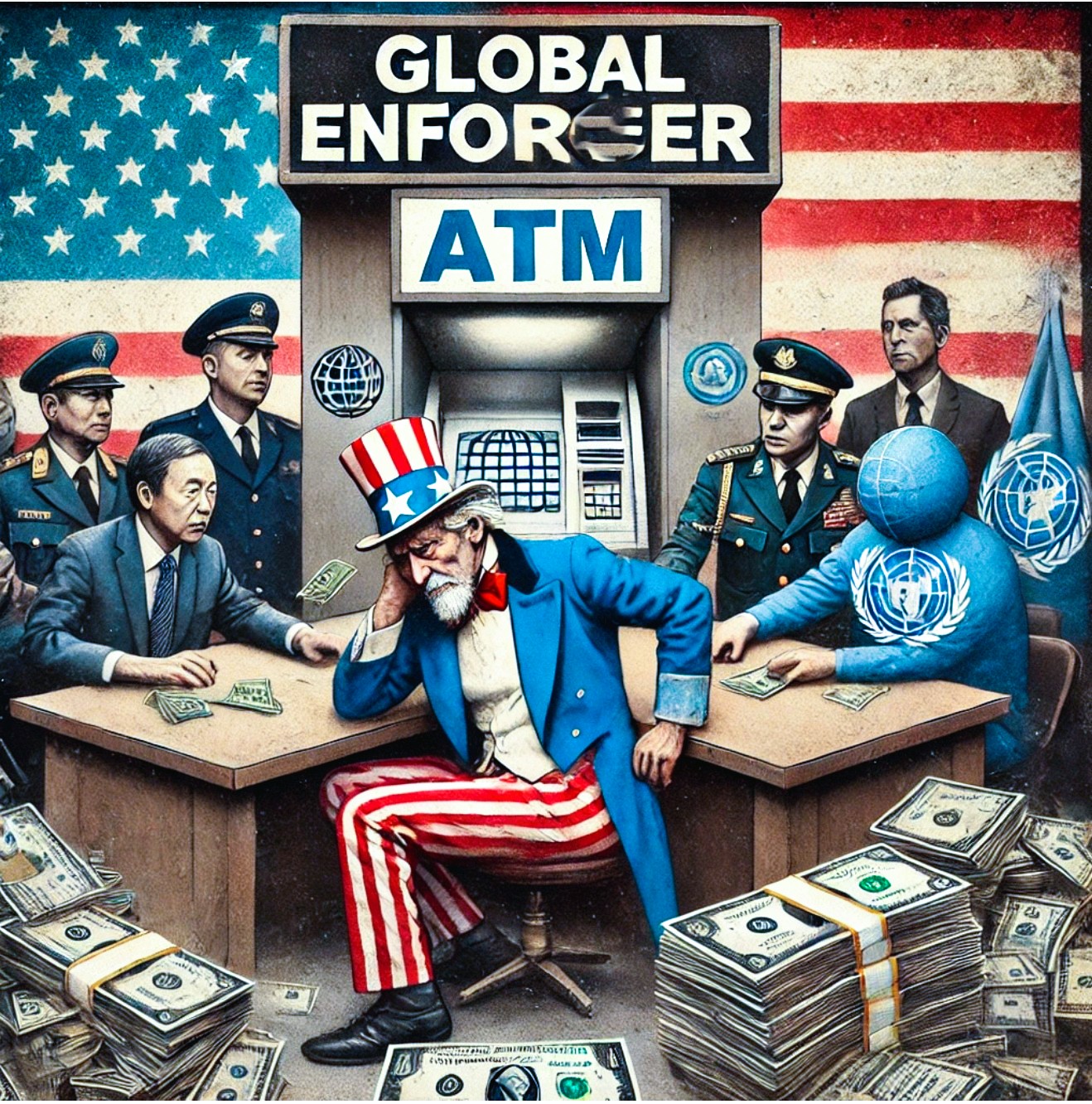
Value Ain’t Voodoo
When we first met, I told you that “The obvious and uncontestable mission of all companies is to maximize shareholder wealth.”
Now, that might sound like investing dogma to some. Wealth feels as hard to pin down as the steps you need to take to step through the pearly gates.
But it’s not dogma. It’s a fact.
Shareholder wealth relates directly to a company’s value. A company’s value increases as cash flows increase. And when a company increases cash flow, its stock price will rise.
Maybe not overnight. Other factors play into that relationship over the near term like fear and greed.
However, increase cash flow consistently over time, and the stock price will follow.
How do I know?
Suppose I showed you two opportunities to make money. Opportunity A pays you $20 tomorrow, and Opportunity B pays you $10 with both payouts guaranteed. (This is a thought experiment, not investment advice, for crying out loud).
But the opportunities aren’t free. You must pay to play.
So, would you expect to pay more for Opportunity A?
You would.
The same is true for stocks.
A company’s value ain’t voodoo. It’s simple cause and effect, with a wink and a nod to risk, of course.
The real question is whether its price reflects that value.
And today, with that little lesson in mind, I want to show you how that value adds up.
It All Adds Up
Before I dive into how a company’s value adds up, I want to quickly review competitive profits that I discussed previously.
Competitive profits are the profits a company earns over and above what you could have earned by simply owning an S&P 500 index fund.
When you own a stock, you give up the opportunity to invest elsewhere. That foregone opportunity is a cost. It can be measured. And for a company to create value, it must outperform that forgone opportunity.
That opportunity cost is its cost to compete.
When profits exceed that cost to compete, they are competitive.
And with that out of the way, let’s talk about what a company is worth.
A Base to Build Upon
There are lots of ways to skin the company value cat.
But I build value up from a basis of capital and cash flows.
As I’ve mentioned, you can’t figure out value from financial statements. At least not directly. Accounting standards miss big on the basics.
But once you make the adjustments—and there are a lot to make—you end up with a capital figure that reflects the company’s investment in its business and profits that translate directly into cash flow.
Note: To keep things simple, competitive profits get you to the same place as cash flows. They have the same relationship to company value as cash flows, and I could as easily call them competitive cash flows. So, for our purpose, we consider competitive profits synonymous with cash flow.
The most fundamental component of a company’s value is its capital.
Capital reflects the investments made by the company to make profits. It includes assets such as manufacturing facilities, trucks, equipment, and database servers.
It also includes intangibles like R&D and marketing spending, the value of intellectual property rights, premiums paid to acquire other companies (that’s called goodwill), and the value of the real estate a company occupies, whether they own or rent it.
Below is a breakdown of Oracle Corporation’s (NYSE: ORCL) $99.9 billion capital base.
For a detailed explanation of the components, see this short primer on Capital Components.
However, a company delivering competitive profits is worth more than its capital. Competitive profits have value, just like cash flows have value. And the value of a company in excess of its capital is the value of all those competitive profits today.
Of course, we don’t know what those profits will be for certain.
But we can project those expected profits into the future across various scenarios to get a sense of what a company is worth.
We’ve covered a lot of ground today, so I’ll show you how to use those projections to determine a company’s value in my next post.
I showed you here that Oracle currently generates $6.06 billion in competitive profits.
Based on recent developments, Oracle is a true AI Contender.
Think Free. Be Free.
Don Yocham, CFA
Managing Editor of The Capital List
Related ARTICLES:

American Exceptionalism, v2.0
By Don Yocham
Posted: February 12, 2025

The Holy Trinity of Growth
By Don Yocham
Posted: February 7, 2025
The War for the American Way
By Don Yocham
Posted: February 7, 2025

Draining the Moat
By Don Yocham
Posted: February 2, 2025

Deep-Sixed AI Dreams
By Don Yocham
Posted: January 28, 2025

From FUD to Oil and Gas Clarity
By Don Yocham
Posted: January 25, 2025

Waking Up to the “Drill Baby, Drill” Dream
By Don Yocham
Posted: January 22, 2025

This Ain’t Your Mother’s Internet Bubble
By Don Yocham
Posted: January 21, 2025

Tariff Winners and Losers
By Don Yocham
Posted: January 17, 2025

The Odds Favor Growth
By Don Yocham
Posted: January 14, 2025
FREE Newsletters:
"*" indicates required fields




